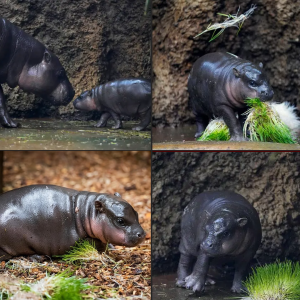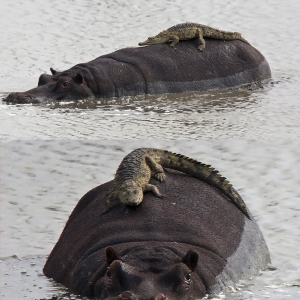
Physical Characteristics and Adaptations
Deer are characterized by their slender bodies, long legs, and branching antlers (in males of most species) that grow and shed annually. These antlers are used primarily for display and fighting during the mating season, showcasing strength and dominance. Their coat varies in color and texture depending on the species and habitat, ranging from the russet red of the red deer to the snowy white of the Arctic reindeer, offering camouflage and insulation against the elements.

Habitats and Distribution
Deer are found on every continent except Antarctica, thriving in a variety of habitats ranging from dense forests to open grasslands and even mountainous regions. They are particularly adaptable, able to forage on a wide range of vegetation, from tender shoots and leaves to grasses, shrubs, and even lichens. This adaptability has allowed deer to colonize diverse environments across the globe.
Behavior and Social Structure
Deer exhibit a range of social behaviors, from solitary species like the roe deer to highly social species such as the elk, which form large herds. Many deer species are crepuscular, meaning they are most active during dawn and dusk, utilizing their acute senses of hearing, sight, and smell to detect predators and locate food sources. During the mating season, or rut, males engage in dramatic displays of dominance and courtship, often vocalizing and using their antlers to spar with rivals.

Conservation and Human Interaction
Deer populations face various threats from human activities, including habitat loss due to deforestation and urbanization, poaching for meat and antlers, and collisions with vehicles. Conservation efforts focus on preserving natural habitats, managing populations through hunting regulations, and reducing human-wildlife conflict. In many cultures, deer hold symbolic importance as symbols of strength, vitality, and renewal, and efforts to protect them are integral to maintaining biodiversity and ecological balance.

Conclusion
In conclusion, deer are not only icons of natural beauty but also crucial components of ecosystems worldwide. Their adaptability, social behaviors, and physical adaptations have allowed them to thrive in diverse environments despite increasing pressures from human activities. Preserving their habitats and managing their populations sustainably are essential steps in ensuring that future generations can continue to marvel at the majesty of these remarkable creatures.





